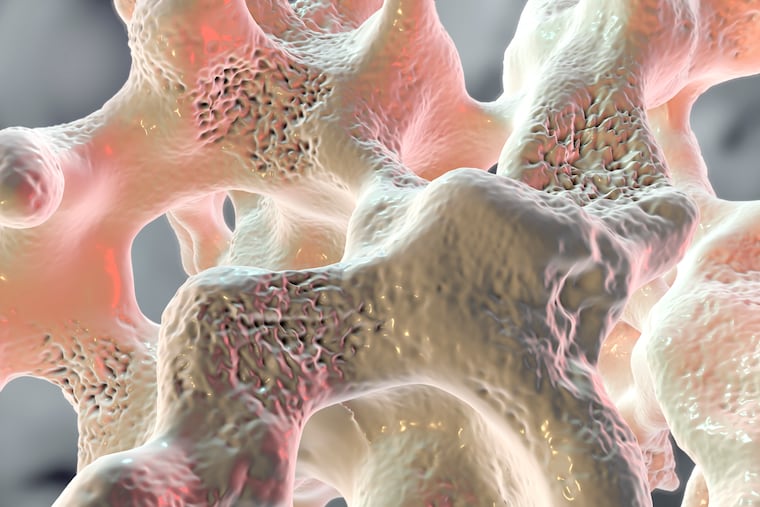Q&A: What can I do to prevent osteoporosis? | Expert Opinion
Osteoporosis-related bone fractures are responsible for more hospitalizations than heart attacks, strokes, or breast cancer.

Q: What can I do to prevent osteoporosis?
A: In the United States, more than two million broken bones are caused by osteoporosis each year. Studies show that half of all women over age 50 and a quarter of men will break a bone in their lifetime due to this chronic, debilitating disease. According to the National Osteoporosis Foundation (NOF), 54 million Americans in this age group either already have or are at risk of osteoporosis. Another staggering fact is that osteoporosis-related bone fractures are responsible for more hospitalizations than heart attacks, strokes or breast cancer.
Fortunately, osteoporosis is a largely preventable disease. Here’s what you can do to help prevent osteoporosis and osteopenia.
The childhood and young adulthood years are the most critical for building strong bones. This formative time frame is when bones become increasingly more dense — reaching what experts call peak bone mass — which usually happens by your mid-20s. The more bone you have at this time, the less likely you are to suffer a break or to get osteoporosis as you get older.
But there are many healthy habits that everyone can develop to prevent osteoporosis. No matter your age, you can improve your bone health with these very simple steps:
Eat a well-balanced diet with enough calcium and vitamin D. Calcium-rich foods include dairy, nuts, leafy greens and fish. Vitamin D sources include such fatty fish as wild-caught mackerel, salmon and tuna. Vitamin D is also added to milk and other dairy products, orange juice, soy milk and fortified cereals.
When you are younger, your skin makes vitamin D in reaction to sunlight and stores it in fat for later use; so, get outside and take an afternoon stroll!
Engage in regular exercise. Weight-bearing and muscle-strengthening activities are critical. Walking, running, dancing, and Zumba are examples of weight-bearing exercise. Yoga and tai chi are examples of muscle-strengthening exercises.
Avoid smoking.
Limit alcohol to no more than two to three drinks a day.
To learn more about osteoporosis, go to www.nof.org for resources on calcium-intake and weight-bearing exercise. Also consider getting a DEXA bone density scan, which can diagnose osteoporosis before a broken bone occurs. Osteoporosis is a silent disease until a fracture occurs.
Barry Jacobson is a physician and director of the Crozer Health Osteoporosis Center of Delaware County. Jacqi Kernaghan is a physician assistant at Crozer Health.